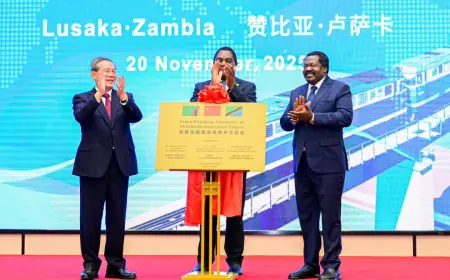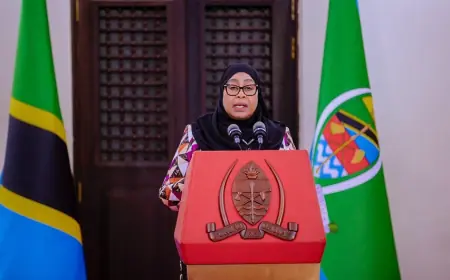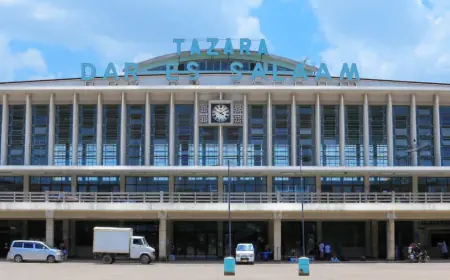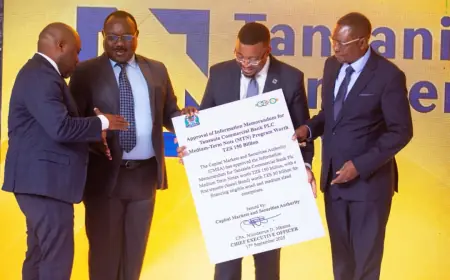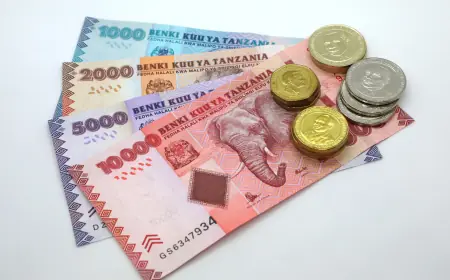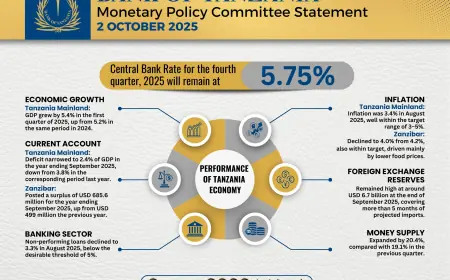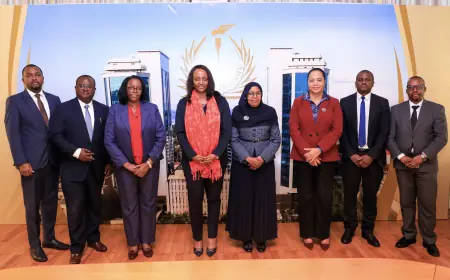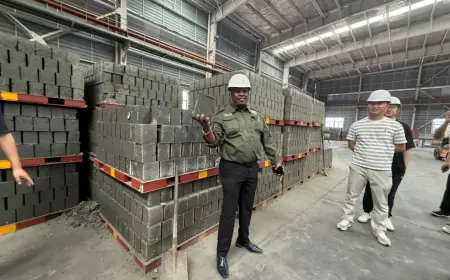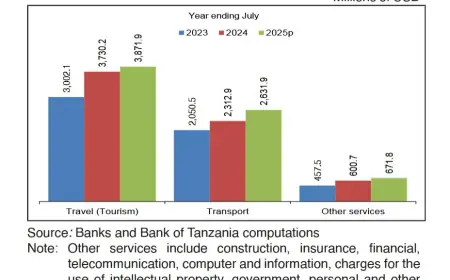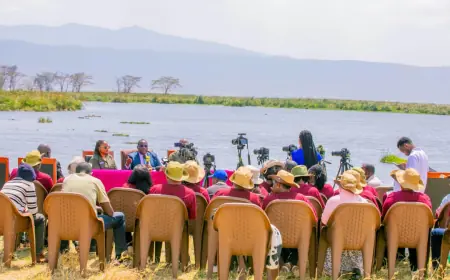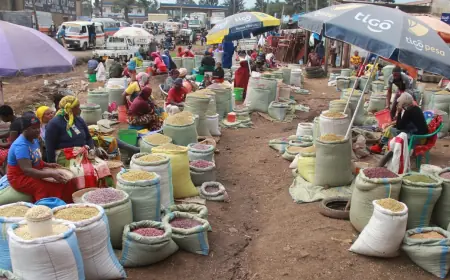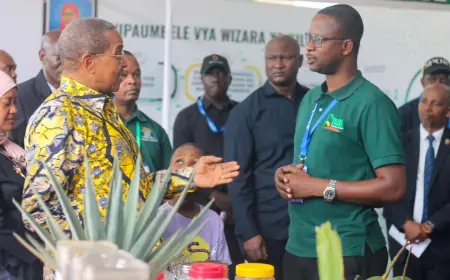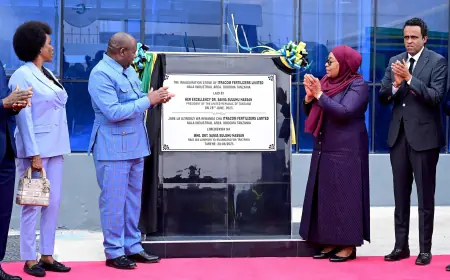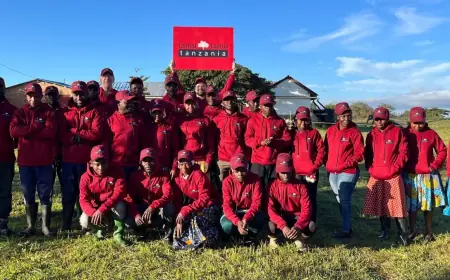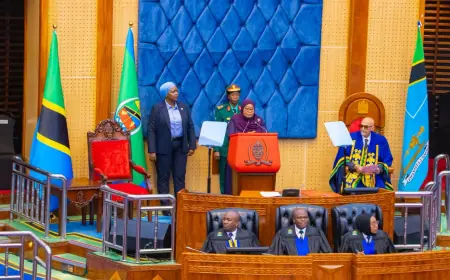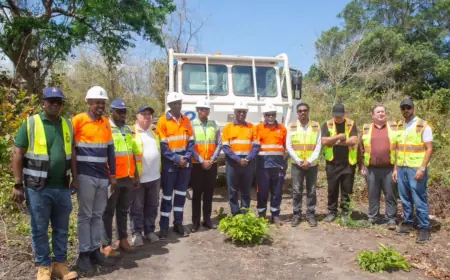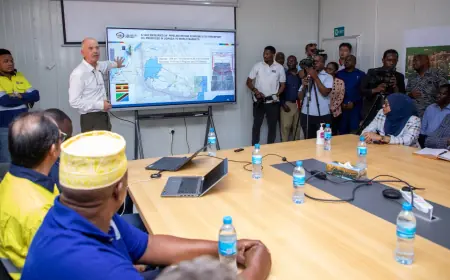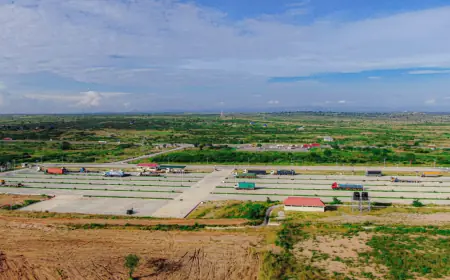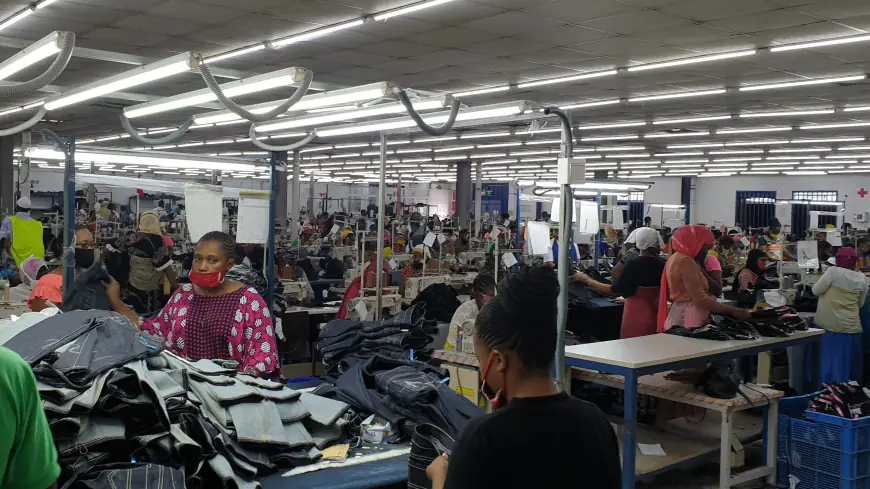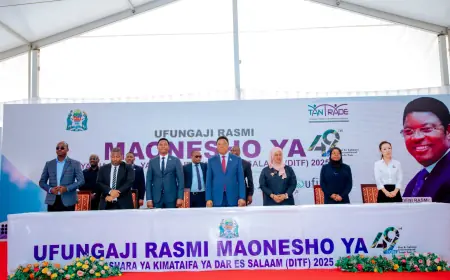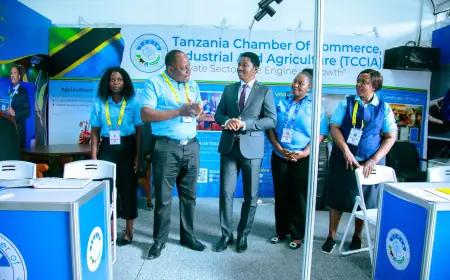Why Tanzania should take advantage of AfCFTA
With its vast natural resources, expanding manufacturing base, and access to multiple regional markets, the country is well-positioned to become a hub for cross-border trade
Dar es Salaam. The African Continental Free Trade Area (AfCFTA), an ambitious initiative to integrate the economies of 54 African countries into a single market, has entered a crucial phase of implementation.
As tariff reductions are gradually rolled out on 90 percent of goods and rules of origin become clearer, the onus is now on individual countries to align domestic priorities with the broader continental agenda.
For Tanzania, the promise of AfCFTA is particularly significant.
With its vast natural resources, expanding manufacturing base, and access to multiple regional markets, the country is well-positioned to become a hub for cross-border trade.
Yet, behind the headlines and diplomatic declarations lies a sobering question: Is Tanzania ready?
This is the central concern raised in a new policy brief prepared by the Tanzania Chamber of Commerce, Industry and Agriculture (TCCIA) entitled Enhancing Tanzania’s Export Competitiveness under AfCFTA. Progress, Challenges and Strategic Interventions.
The document, released recently, lays bare both the promise and the peril of AfCFTA for the country’s economy.
While the agreement opens a potential market of over 1.4 billion consumers with a combined GDP of more than $3.4 trillion, Tanzania risks being left behind unless it takes immediate, well-coordinated steps to improve its export readiness, competitiveness and institutional framework.
Structural barriers
The brief identifies several structural and operational barriers that undermine Tanzania’s ability to take full advantage of the continental trade pact.
Among them are high transport and production costs, a narrow export base, limited awareness among businesses, and infrastructure constraints that hamper the movement of goods across borders.
“There is limited awareness and readiness of the private sector to take advantage of AfCFTA,” the brief notes, adding that “very few firms in Tanzania are well-prepared to meet the requirements of continental markets in terms of quality, volumes, standards and compliance with rules of origin.”
Moreover, institutional gaps in trade facilitation and policy coordination threaten to stall progress just as the AfCFTA gears into full operational mode.
Non-tariff barriers, including complex licensing requirements and differing product standards, add to the burden and discourage regional trade.
For example, a sisal producer with a Certificate of Conformity from the Tanzania Bureau of Standards is required to obtain another in Nigeria, increasing costs.
Some Tanzania’s success in the AfCFTA
The commencement of Certificate of Origin usage under the AfCFTA in May 2023 has been pivotal, contributing to the export of approximately 21 commodities by March 2025 and opening up 18 new African markets where Tanzania previously had no trade relations.
By April 2025, 315 Certificates of Origin had been issued by TCCIA.
Notable exports under the AfCFTA include 6,150 tonnes of sisal fibre products to Nigeria, Ghana, Morocco, and Egypt; 1,433 tonnes of float glass to Egypt; 433 tons of rice to Burkina Faso and Ivory Coast; and 273 tons of coffee to Algeria.
Tanzania's sales to African countries saw a 61.2 percent increase, rising from $2,447.63 million in 2021 to $3,946.76 million in 2024.
This growth is attributed to the expansion into new markets under the AfCFTA, including Morocco, Nigeria, Senegal, Ghana, Egypt, Ethiopia, Algeria, Djibouti, Somalia, and Guinea.
Coffee, tobacco, glass, grains, spices, and sisal fibers were key contributors to these sales.
While sisal fibre remains a dominant export, accounting for 78.41 percent of products exported, recent trade figures suggest a strategic shift towards manufactured goods.
The export of float glass, for instance, increased by 9.5 percent to Egypt, Ivory Coast, Cameroon, Ghana, and Senegal, highlighting Tanzania's efforts in export diversification.
This move from a predominantly agro-based export economy to one incorporating manufactured products underscores the importance of continued industrial capacity development in Tanzania.
Proposals
The TCCIA brief argues that this state of affairs must change—urgently and strategically.
It proposes the formulation of a dedicated national AfCFTA implementation strategy that aligns with existing policy frameworks such as the Third Five-Year Development Plan (FYDP III) and the National Trade Policy.
Such a strategy, the brief suggests, should include clear institutional mandates, timelines, private sector engagement mechanisms, and dedicated financing to build productive and trade capacity.
Analysts observe that Tanzania is not starting from scratch.
The country is already a member of the East African Community (EAC) and the Southern African Development Community (SADC), giving it preferential access to neighbouring markets.
Its central location also offers natural trade corridors to landlocked countries such as Rwanda, Burundi, Zambia, Malawi and the Democratic Republic of Congo.
What is required now is to turn these geographic and policy advantages into practical trade gains.
Improving trade facilitation is one such area of focus.
Improving logistics is crucial
The brief highlights persistent inefficiencies at the Dar es Salaam Port and border posts, where costs and delays erode the competitiveness of Tanzanian exports.
Port fees, including a 1.6 percent wharfage charge based on Free on Board (FOB) value, raise the cost of doing business.
In contrast, more efficient ports use a fee based on volume/weight or the size of the container, reducing administrative burden and promoting transparency.
To address these and other constraints, the TCCIA recommends prioritising infrastructure upgrades, digitising customs and certification processes, and scaling up the issuance of Certificates of Origin, which are essential for firms to access AfCFTA’s preferential treatment.
What's Your Reaction?
 Like
0
Like
0
 Dislike
0
Dislike
0
 Love
0
Love
0
 Funny
0
Funny
0
 Angry
0
Angry
0
 Sad
0
Sad
0
 Wow
0
Wow
0






